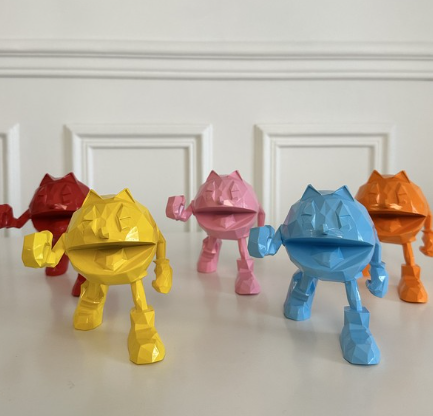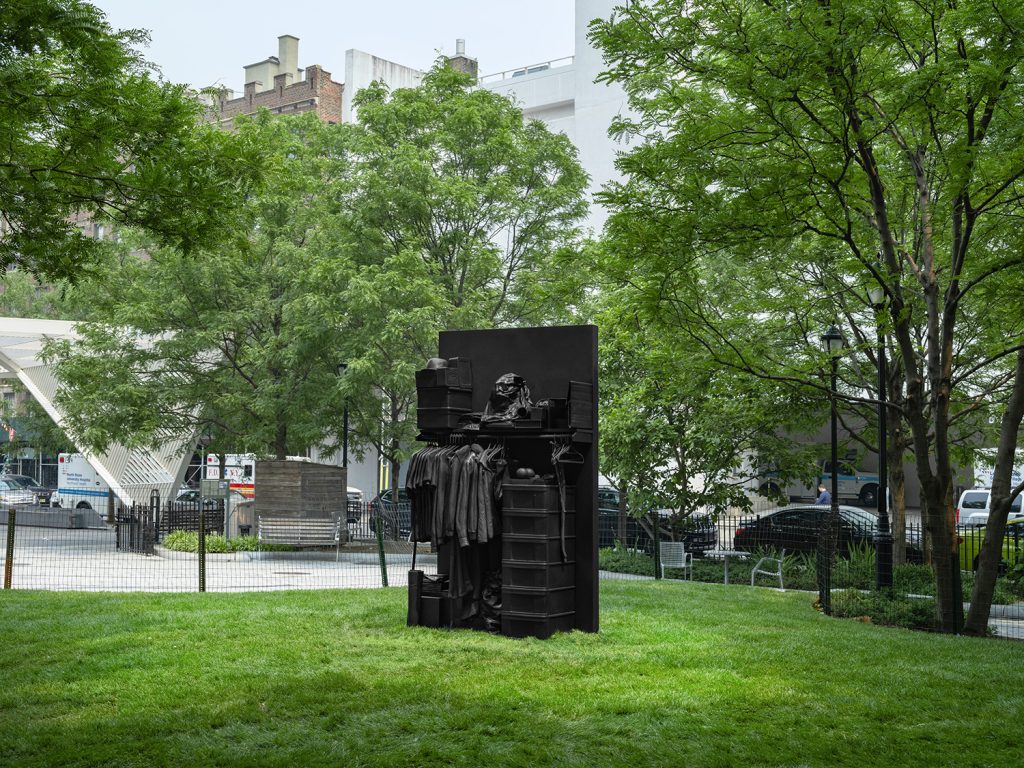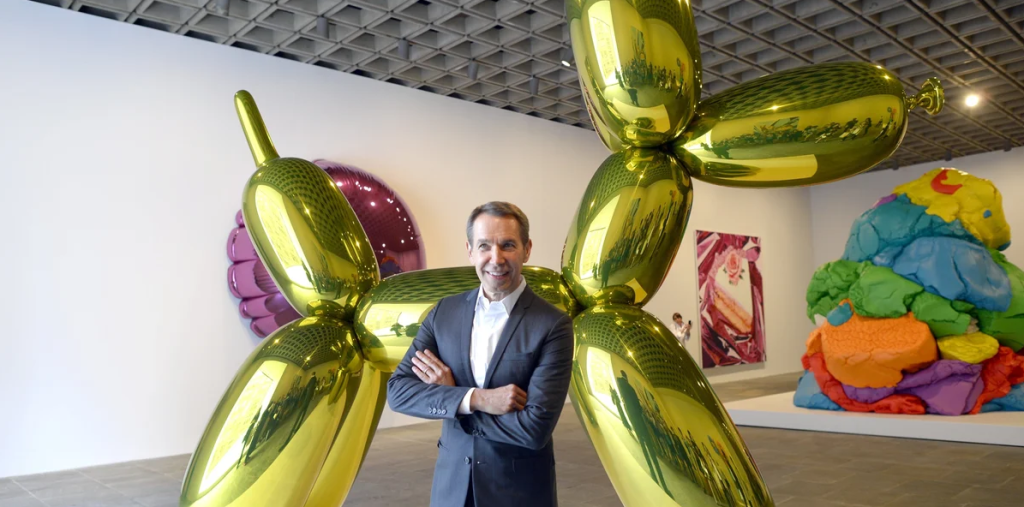The intersection of gaming and fine art has transformed how we perceive both realms, particularly with the rise of artists like Richard Orlinski who merge pop culture with contemporary artistic expression. Notably, Pac-Man, one of the most iconic video games, serves as a playful yet profound subject for Orlinski’s vibrant sculptures, reflecting the nostalgic allure of retro gaming while also appealing to modern aesthetics. This unique blend not only celebrates a cultural icon but also engages a diverse audience in discussions about art, nostalgia, and the evolution of digital culture.
The Fusion of Pop Culture and Fine Art
Richard Orlinski is renowned for his striking sculptures, often characterized by bold colors and dynamic forms. By incorporating Pac-Man into his work, he taps into a collective memory shared by many who grew up in the gaming era of the 1980s. This fusion of pop culture and fine art not only elevates the playful image of Pac-Man but also encourages viewers to reconsider their perceptions of both gaming and artistic expression, highlighting how nostalgia can spur innovation in contemporary art.
Visual Appeal and Artistic Technique
Orlinski’s interpretation of Pac-Man is a vibrant and dynamic representation, combining smooth lines with bright colors that capture the eye. The use of materials such as resin and reflective surfaces enhances the lively aesthetic and engages viewers in a sensory experience that resonates with the interactive nature of video games. His technique draws from both traditional sculpture methods and contemporary practices, signifying a shift in how art can be both a visual feast and an homage to cultural milestones.
Nostalgia and Its Impact on Modern Art
Nostalgia plays a critical role in Orlinski’s work, particularly in his depiction of Pac-Man. By evoking memories of arcade gaming, he successfully connects with a generation that values both the simplicity of the game and the complexity of modern artistic discourse. This appeal to nostalgia fosters a sense of community among viewers, creating a shared experience that transcends age and background. As such, Orlinski’s work not only captivates art enthusiasts but also invites gamers and casual observers to engage in deeper conversations about cultural narratives.
Richard Orlinski’s Pac-Man sculptures exemplify a vibrant blend of pop art and gaming culture, challenging the boundaries of traditional artistic expression. For those intrigued by the intersection of these worlds, exploring his work can be a revelatory experience. Consider diving deeper into both Orlinski’s oeuvre and the broader implications of video game culture in art to fully appreciate this fascinating convergence.


